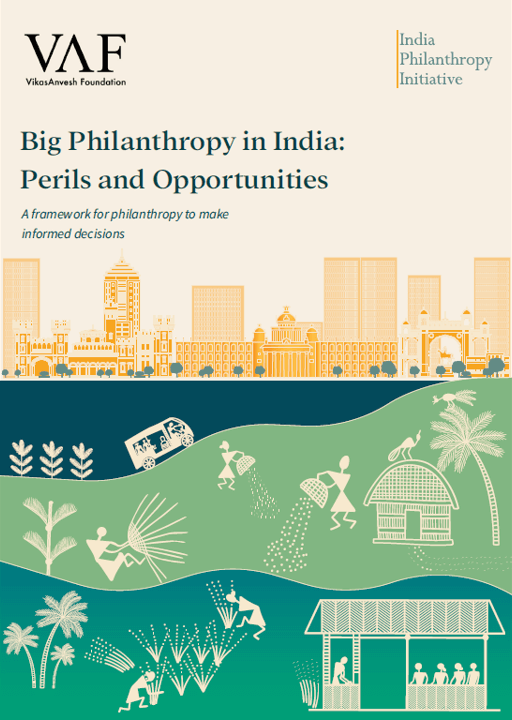Philanthropy in this report refers only to personal philanthropy. It does not include corporate giving or Corporate Social Responsibility (CSR) spend. The term ‘big philanthropy’ is used for the philanthropy of Ultra High Net Worth Individuals (UHNWIs). Throughout the report, ‘philanthropist’ refers to Ultra High Net Worth
Individual philanthropist. This usage is only for brevity, as the scope of this study is focused on philanthropy of the very wealthy, rather than the entire universe of remarkable philanthropists who come from all walks of life, and are equally, if not more generous than the subjects of this study. This should not give an impression that the authors and editors believe that only Ultra High Net Worth Individuals can be philanthropists.
The study recognizes the right of the philanthropist to deploy her own wealth. The intent is to aid her thinking and decision making so that assessing potential risks and pitfalls of proposed philanthropic interventions becomes integral to the act of philanthropy. Suggestions made here should be considered by philanthropists in the context of their work. This study emphasizes the need to detail the social risks and pitfalls of big philanthropy before funding or implementing large interventions. Many experts speak of the need for wealthy philanthropists to take more financial risk and use their philanthropy as risk capital towards ambitious social goals. While highlighting the need to minimize social risks, this study, in no way implies that philanthropists should not take financial risks. While the study touches upon a third kind of risk – personal or reputational risk to philanthropists, it does not examine it rigorously.

